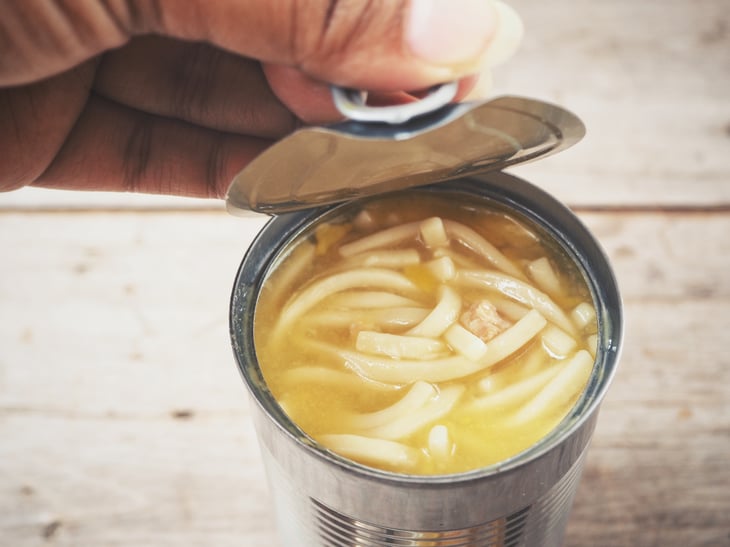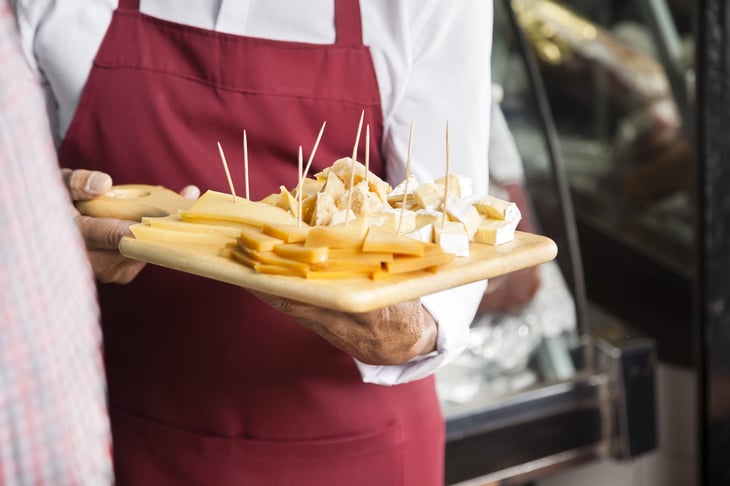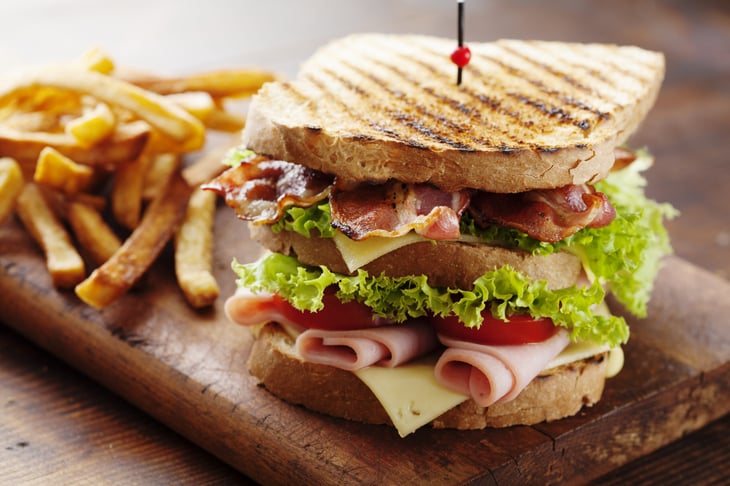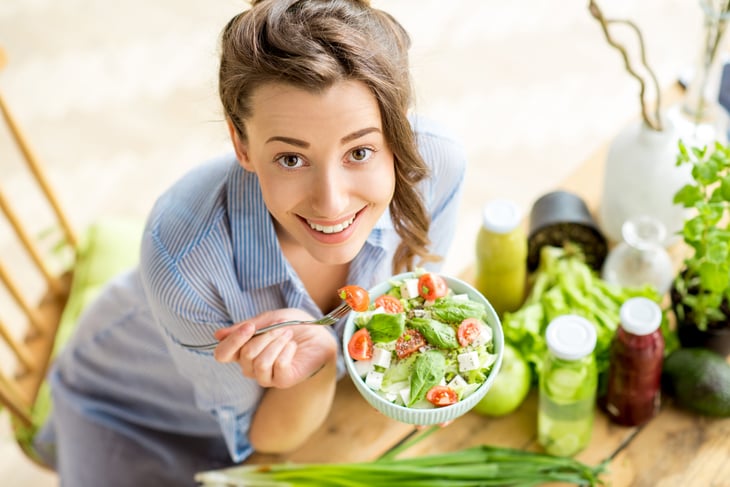
High blood pressure, or hypertension, affects about half of adults in the U.S. and comes with serious health risks, including heart disease and stroke. The worst part is only about 1 in 4 adults with hypertension have their blood pressure under control. These numbers are particularly surprising, given the fact there are numerous ways to manage blood pressure through medication, lifestyle changes and diet.
Many people are aware that a high-salt, or high-sodium, diet can raise blood pressure. Sodium causes the body to retain water. Excess water pulled into the bloodstream increases blood volume. A higher blood volume sounds beneficial, but the additional load forces the heart to work harder than normal. High-salt intake has also been shown to impair vasodilation, or prevent blood vessels from expanding to allow blood to flow through.
Sodium isn’t the only nutrient to worry about, though. Saturated fat, cholesterol and added sugar have also been associated with hypertension. While you can’t avoid all these things all the time, you can – and should – eliminate the top offenders. The following are the worst foods and drinks for your blood pressure.
1. Alcohol

Consuming three or more drinks per day is associated with an increased incidence of hypertension. Experts suspect alcohol contributes to elevated blood pressure by either increasing heart rate, stroke volume or vasoconstriction, which is the narrowing of blood vessels. The American Heart Association recommends limiting consumption to no more than two drinks per day for men and one per day for women.
2. Bread

Breads and rolls are the top sources of sodium in the American diet but not necessarily for the reason you might think. One slice of white bread can have between 80 and 230 milligrams of sodium. On the lower range, this is a perfectly healthy food. However, most people don’t stop at one piece, nor do they eat bread plain and by itself.
Typically, bread is loaded up with meats, cheeses and condiments, which are, themselves, troubling foods for people with hypertension. Eat smarter by choosing whole grain or high-fiber breads and limiting your deli sandwiches.
3. Canned entrees

Canned soups, chilis and pasta are notoriously high in sodium, with upwards of 900 milligrams in a single cup. That’s equivalent to 40% of the recommended daily limit of sodium. Low-sodium or no-salt-added versions are often available at large grocery store chains but not always. If you have a craving or need dinner in a pinch, be sure to read the Nutrition Facts panel and stick to one serving.
4. Cheese

Certain cheeses, like cottage cheese, are inherently high in sodium. Others are processed just as much as lunch meats, which increases their sodium content. Regardless, all cheese is a major source of dietary fat, which can quickly lead to weight gain.
Excess body weight is a separate risk factor for hypertension and cardiovascular disease because it puts added stress on the heart (and other key organs). If you’re struggling to give up cheese, stick with Swiss or mozzarella. These cheeses are naturally low in sodium.
5. Processed meat

According to the United States Department of Agriculture, a single slice of pre-packaged deli ham provides about 123 milligrams of sodium. Multiply that by four, five or six to get a more realistic estimate of a typical sandwich.
The deli counter isn’t the only culprit, though. Hot dogs, bacon, salami, sausage and corned beef are highly processed, preserved with sodium and packed with saturated fat.
6. Regular soda

With caffeine, sodium and added sugar, regular soda is a triple threat to your blood pressure. Soda is also often made with high-fructose corn syrup (HFCS). Multiple clinical trials have proven that consuming fructose increases blood pressure, even in healthy young adults.
Fructose also has a tendency to increase total peripheral resistance, which means more force is needed to move blood through your body. Combine that with the stimulating effects of caffeine, and you have a recipe for hypertension. Wondering about diet soda? It may be free from HFCS, but it can still be costly to heart health.
7. Salad dressing

One serving of a standard ranch dressing provides nearly a quarter of the Daily Value of fat and 13% of sodium. For reference, one serving is 2 tablespoons. Most people don’t measure salad dressing before pouring it on. And if you’re eating out at a restaurant, you can guarantee there’s more than 2 tablespoons of dressing in your salad. Be strict about your portions or use low-calorie balsamic vinegar to dress your greens.





Add a Comment
Our Policy: We welcome relevant and respectful comments in order to foster healthy and informative discussions. All other comments may be removed. Comments with links are automatically held for moderation.